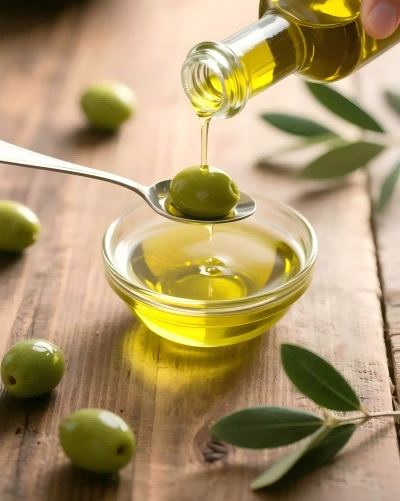With so many olive oil grades, how do you choose? Is extra virgin always better?
Embracing a healthy diet, more and more people are choosing olive oil for cooking. It’s rich in vitamins, unsaturated fatty acids, and other nutrients. But with so many olive oils available, how do you choose the right one? The key lies in the cold-pressed, extra virgin process after acid value evaluation.
What is cold-pressed extra virgin?
Here’s the key to grading.
When buying olive oil, the four words “cold-pressed extra virgin” are the most common. “Cold-pressed extra virgin” doesn’t indicate quality; it simply refers to the standard of production process:
From harvesting to oil production to bottling, the entire process is performed at below 27 degrees Celsius, which is called “cold pressing.”
The first oil extracted from the olive fruit is called extra virgin.
Common olive oil grades include:
“Extra,” “Fine,” “Beginner (General),” extra virgin olive oil, refined olive oil, and pure olive oil.
The key to distinguishing quality lies in the processing after the acid value is assessed
The acid value influences subsequent processing, with “extra virgin” rankings ranking highest!
Olive oil undergoes an acid value assessment after cold pressing. The acid value refers to the amount of potassium hydroxide required to neutralize the acidity in 1 gram of oil; the lower the acid value, the better.
Olive oil with an acid value below 0.8, as determined by an oil taster, exhibits no negative flavors. It may have aromas such as fruity or grassy, and thus qualify as “extra virgin.”
Otherwise, even if the production process meets the criteria for cold pressing, defects in the fruit or other factors affecting the oil, resulting in a “stale” flavor, will affect the oil’s quality.
Is pure olive oil impure? Refining affects its nutritional value.
Thanks to advanced processing technology, unqualified olive oils can be purified and refined to become “refined olive oil.”
If the oil has neither a negative odor nor positive flavor, you can add some extra virgin olive oil to enhance the flavor, creating “pure olive oil.”
You often see refined or pure olive oil. In fact, many nutrients are lost during the refining process to remove negative flavors. Therefore, the nutritional value of these oils is much lower.
Suitable for frying, boiling, and stir-frying!
Use a cold pan and cold oil to avoid white smoke
Among all olive oils, extra virgin olive oil offers the highest nutritional value. Furthermore, the smoke point of extra virgin olive oil is approximately 191°C. Refined olive oil has a higher smoke point, around 220°C or higher.
For extra virgin olive oil, a smoke point of 191°C makes it ideal for frying, boiling, and stir-frying. However, it’s recommended to start with a cold pan and cold oil. Add the oil before turning on the heat, allowing the temperature to rise slowly. Stir-fry over medium heat, minimizing the amount of white smoke.


Leave a Reply